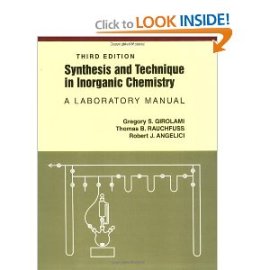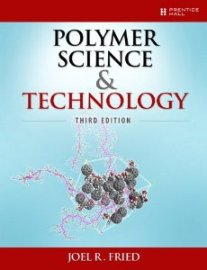Fundamentals of Powder Diffraction and Structural Characterization of Materials 2nd Edition, by Vitalij Pecharsky and Peter Zavalij provides an in-depth introduction to the theories and applications of the powder diffraction method for structure determination. The emphasis is placed on powder diffraction data collected using conventional x-ray sources, which remain primary tools for thousands of researchers and students in their daily experimental work.
The book is divided into two parts: chapters one though fifteen give essential theoretical background, while chapters sixteen through twenty-five guide the reader through practical aspects of extracting structural information from powder data. It is suited for undergraduate and graduate students and practitioners from materials science, solid-state chemistry, physics, geology, and literally any other science or engineering background, who demand structural information at the atomic resolution using the powder diffraction method.
The book requires no prior knowledge of the subject, but is comprehensive and detailed making it useful for both the novice and experienced user of the powder diffraction method. While developed as a text to teach students, the book is also a reference for academic and industrial researchers using the powder diffraction method in their daily work.
Major revisions include expanded treatment of non-crystallographic symmetry, brief introductions to the total scattering analysis and non-ambient powder diffractometry, basics of quantitative analysis using the Rietveld method, including determination of amorphous content, addition of a difficult pseudo-symmetric indexing case.
This book offers expanded coverage of direct space structure solution techniques with an introduction to the mechanism of constraints, restraints and rigid bodies and a new example of structure solution of a pharmaceutical compound. The additional problems help in assessment of students’ progress. The book is supplemented by online content, including color figures, powder diffraction data, examples, and web links.
More details about this book...
or
Download Fundamentals of Powder Diffraction and Structural Characterization of Materials PDF Ebook :



































